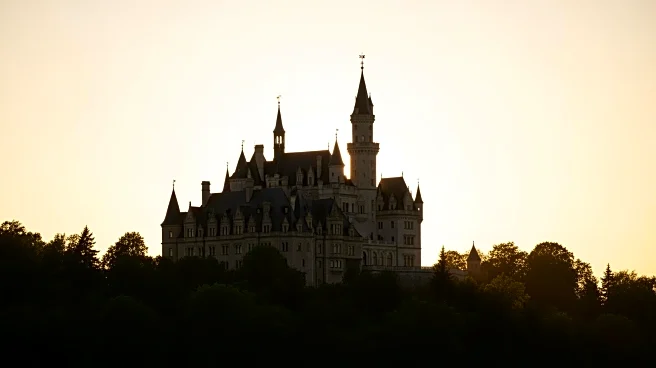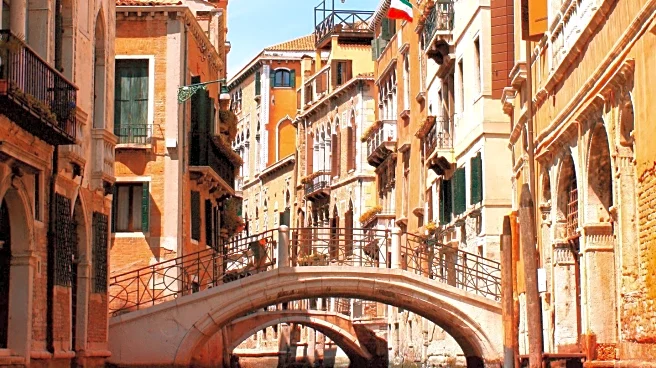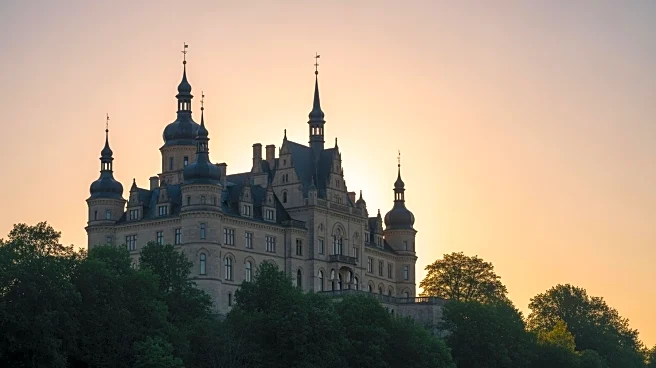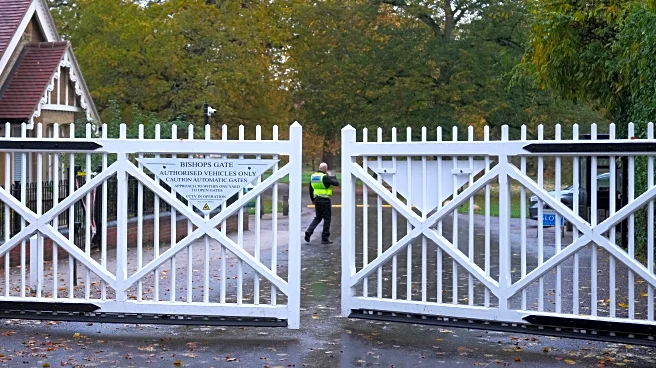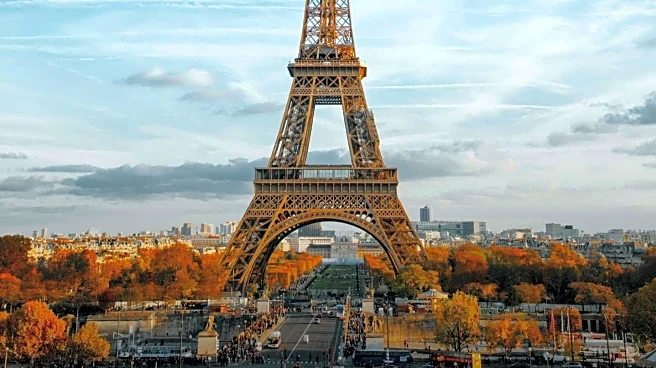What's Happening?
Highclere Castle, located in Hampshire, England, serves as the setting for the popular television series Downton Abbey. The castle has a rich history dating back to 749 A.D., when it was granted to the Bishops of Winchester. Over the centuries, it has undergone
several transformations, including a major redesign by Sir Charles Barry in the mid-19th century, who also designed the Houses of Parliament. Highclere Castle was converted into a hospital during World War I and served as a refuge for evacuated children during World War II. Today, it is home to the 8th Earl and Countess of Carnarvon and features an Egyptian Exhibition celebrating the discovery of Tutankhamun's tomb by the 5th Earl of Carnarvon.
Why It's Important?
Highclere Castle's role as the setting for Downton Abbey has brought significant attention to its historical and architectural significance. The series has popularized the castle, attracting tourists and fans of the show, thereby boosting local tourism and economy. The castle's history, intertwined with significant events like the discovery of Tutankhamun's tomb, adds to its allure, making it a cultural and historical landmark. The preservation and public accessibility of Highclere Castle allow for educational opportunities and a deeper understanding of British aristocratic history.
What's Next?
Highclere Castle continues to be a popular tourist destination, with plans to host various events and exhibitions. The castle's involvement in the upcoming Downton Abbey film sequel is expected to further increase its visibility and visitor numbers. The ongoing maintenance and conservation efforts ensure that Highclere Castle remains a significant historical site, offering insights into its past and the lives of its residents.
Beyond the Headlines
The depiction of Highclere Castle in Downton Abbey reflects modern audiences' expectations of class and social relationships, which may differ from historical realities. The series portrays a more progressive view of the interactions between aristocrats and their servants, which contrasts with the strict social hierarchies of the early 20th century. This portrayal has sparked discussions on historical accuracy and the evolution of social norms.
